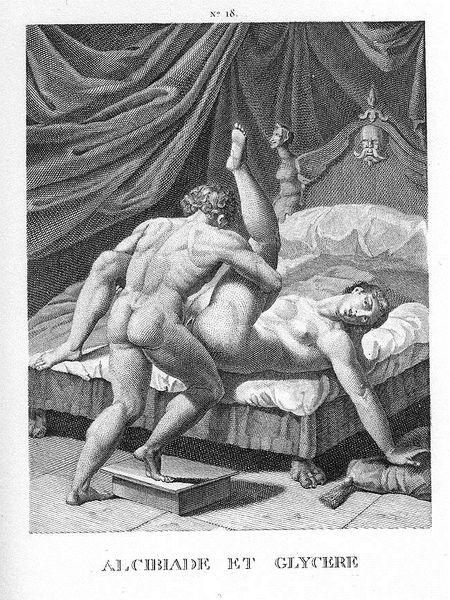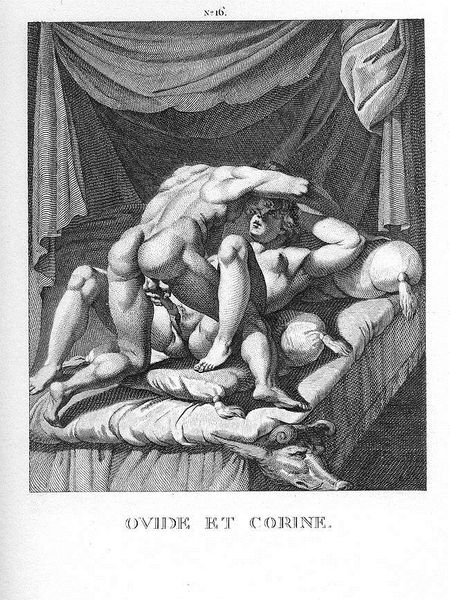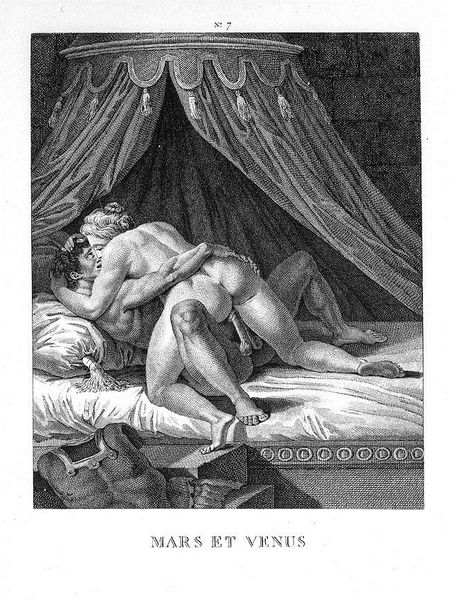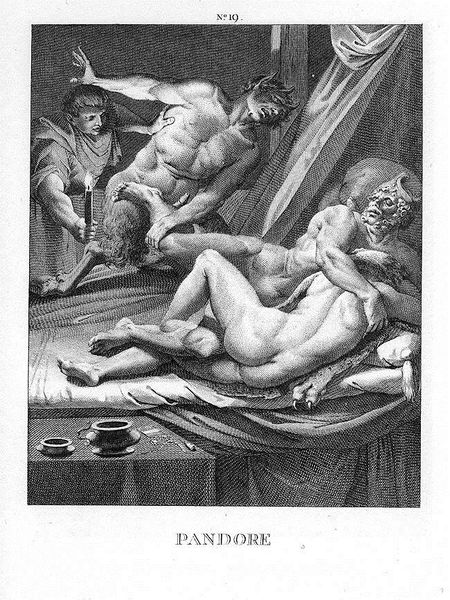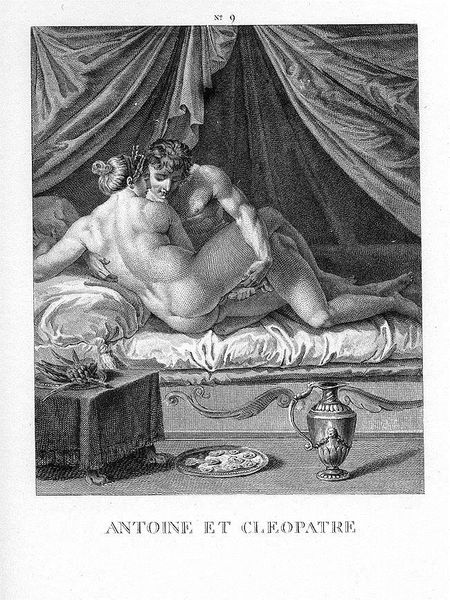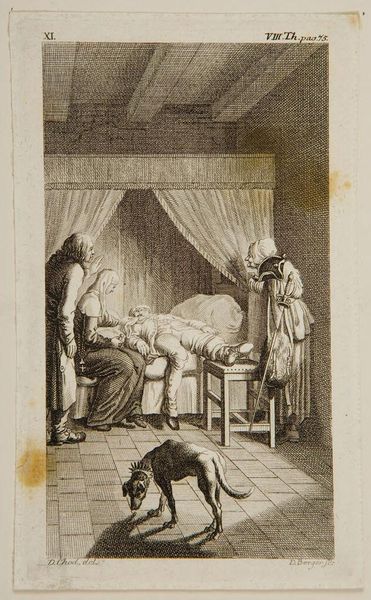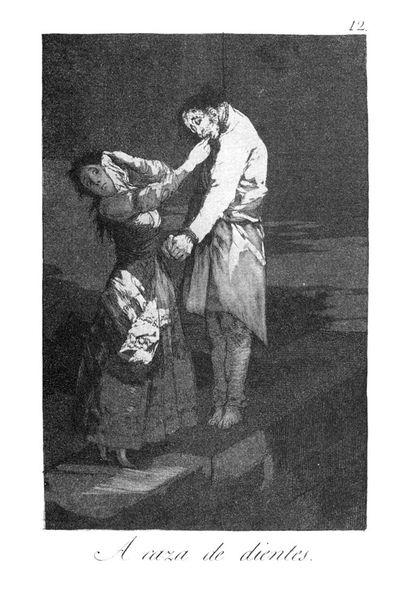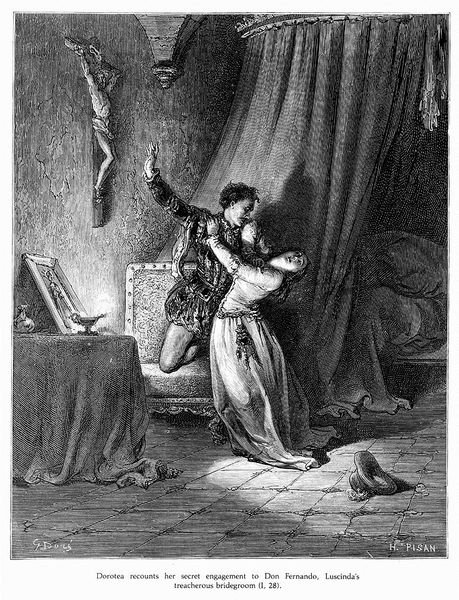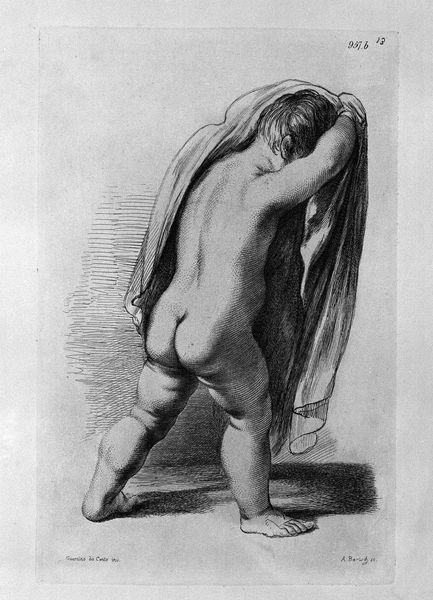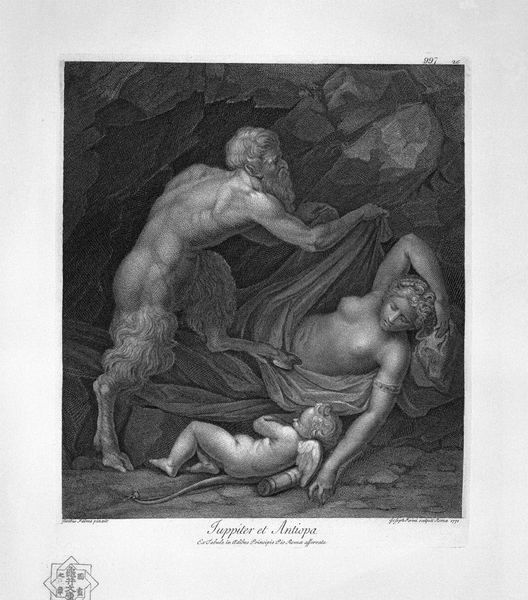
engraving
#
portrait image
#
classical-realism
#
figuration
#
female-nude
#
black and white
#
history-painting
#
academic-art
#
nude
#
engraving
#
male-nude
#
erotic-art
Copyright: Public domain
Curator: This print, titled "Polyenos and Chrisis", comes to us from the hand of Agostino Carracci. It is crafted as an engraving, displaying a scene that’s both intimate and, shall we say, rather active. Editor: My immediate reaction is a tension between the idealization of the human form and the rawness of the depicted act. There’s a theatricality to the poses, but also something… predatory? It’s all very controlled even while attempting to convey abandon. Curator: That tension you identify is key, I think. This print circulated within specific social and intellectual circles. Carracci, alongside his family, played a pivotal role in shaping the Bolognese School, consciously reacting against Mannerism and advocating a return to classical principles, evident in the musculature and composition. Editor: Exactly. It feels almost academic in its approach to representing a scene that is inherently… disruptive. The "return to classical principles" feels less like honoring the past and more like imposing a set of rules on bodies that perhaps shouldn’t be so rigidly defined. The woman’s pose seems almost performative, inviting the male gaze, which makes me question who the intended audience was, and what socio-political ideas Carracci sought to normalize with it? Curator: Consider also the medium itself. An engraving allows for the wide dissemination of imagery, placing this intimate scene into the public sphere. It transforms what might be considered private into a spectacle, carefully calibrated for educated male viewers of the time. The institutional frameworks for artmaking and distribution, even through prints like these, contributed to constructing very specific narratives about the male and female form. Editor: It’s this intersection of accessibility and control that I find fascinating, and deeply problematic. A print makes art portable, democratizes access somewhat, yet the images themselves reinforce existing power structures and gender dynamics. We need to confront how these aestheticized, classically-informed portrayals contribute to harmful cultural narratives that have historically silenced female narratives. Curator: Indeed. Reflecting on Carracci’s "Polyenos and Chrisis" allows us to recognize the potent role art plays not only in aesthetic pleasure but also in shaping social and cultural ideologies. Editor: And that’s why engaging with these artworks, dissecting their context, and challenging their assumptions remain so relevant today. It’s a call to accountability to reframe their visual language.
Comments
No comments
Be the first to comment and join the conversation on the ultimate creative platform.
